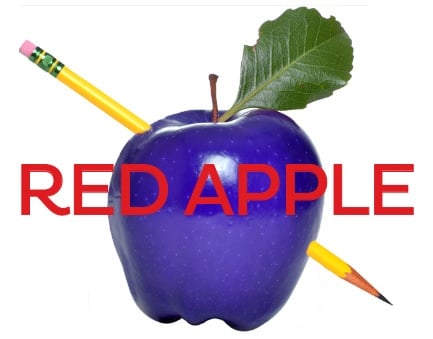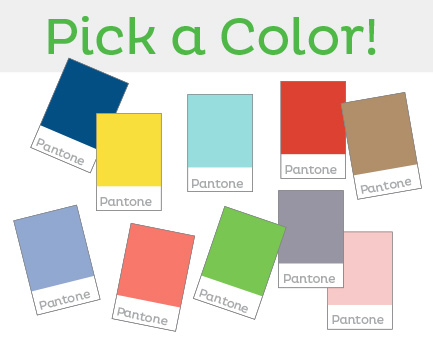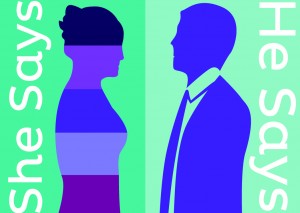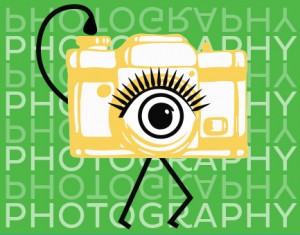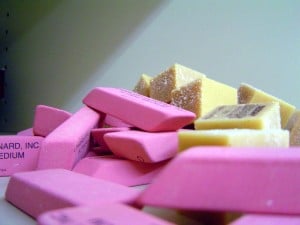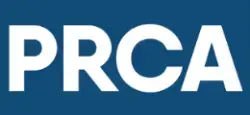Creating a clever icon design can be an effective tool to communicate your message.
Andrea Truan
Recent Posts
The Pantone Color Institute™ just released the color forecast for spring 2016, and it is full of emotion-evoking color suggestions for fashion, products, home décor and consumer campaigns.
Topics:
Branding,
MarketingPR
Color is one of the most powerful branding tools due to its ability to evoke emotions across a broad spectrum of consumers. Since color can arouse different emotions, choosing the colors that resonate best with your consumer takes an educated and scientific approach. Extensive research has gone into figuring out how people react to color on an emotional and even physical level. For instance, viewing the color green will lower a person’s blood pressure.
Topics:
Branding,
Marketing to Women,
MarketingPR
Visual elements have become essential to public relations and marketing efforts. According to the Boston Globe, the human brain processes visuals 60,000 times faster than text. Even on Facebook, photos and albums drive up to 180% more engagement than a Facebook post without imagery. And visual content is so diverse – you have infographics, graphic design elements and photography, to name a few. Since it’s Photography Day, what better time to discuss how photography can be used as a branding tool!
Topics:
Branding
Topics:
Branding,
MarketingPR
What’s so great about a rubber eraser? They can “wash” away mistakes and clean the slate for new possibilities. They can change your SAT answer from A to C. And they provide the peace of mind in knowing that you can have a “do over” if needed. Erasers have the power to remove uncertainty on the canvas of your creative thinking! This is a powerful role because fear of mistakes can kill the flow of creative thinking.
A rubber eraser gives us a second chance to make things right and empowers us to barrel forward with a unique idea. There’s an added level of confidence when we know that we can make adjustments along the way or start over completely.
The history of the eraser dates back to the 1700’s when Joseph Priestly found that a vegetable gum could remove pencil marks. Then marketing strategies stepped in, and Edward Nairne promoted the vegetable gum as a rubber eraser. Charles Goodyear made erasers even more common with his discovery of vulcanization, a method that would make rubber a more durable material. Then, in 1858, Hyman Lipman patented the famous pencil and eraser duo that we know and love today.
As a human being, I’ve come to rely on its forgiving grace. As a creative person, it helps me push through the rough spots to turn a “good” idea into a “great” idea. So get those ideas on paper with confidence that a misspelled word or an overextending mark can be erased without a trace.
Topics:
Fletcher Features
